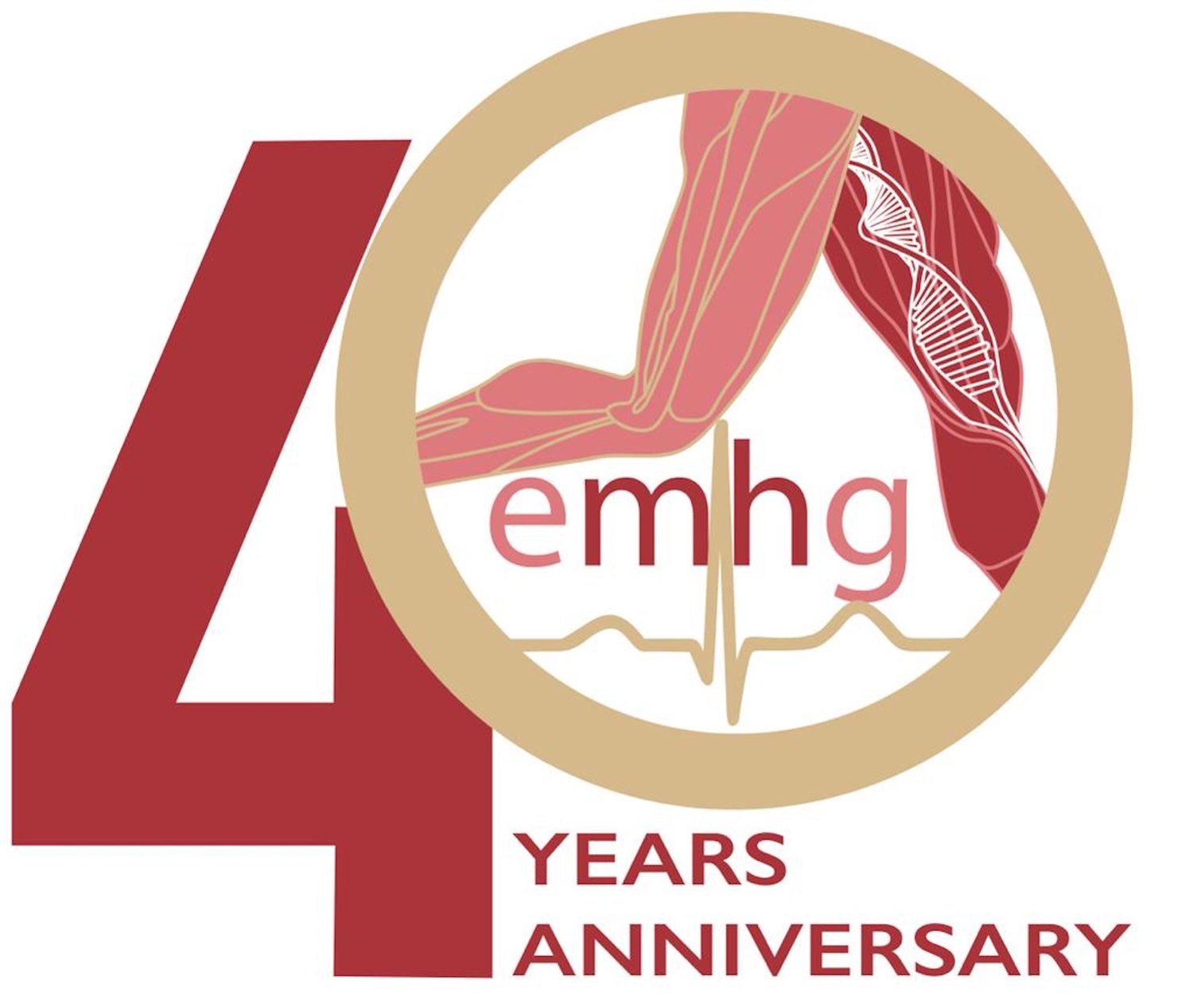Diagnostic pathway
/The decision to pursue either DNA screening or muscle biopsy and IVCT in the first instance will be made on a patient-by-patient basis by the MH diagnostic centre in consultation with the patient and their health-care funder. Factors that may be taken into consideration will include the availability of the respective tests (including turnaround time), the urgency of the test (for example, if the patient is awaiting surgery), the prior probability of a positive diagnosis, and the costs of the tests in the relevant laboratory. The prior probability of a positive diagnosis will be estimated by the clinical director of the MH centre based on clinical judgement, or a combination of these.
*These patients should be invited to take part in research studies of the genetic basis of malignant hyperthermia. IVCT, in vitro contracture test; MH, malignant hyperthermia; MHN, in vitro contracture test laboratory classification applied when all contracture tests are negative;
MHShc, MHSh, and MHSc, IVCT laboratory classifications applied when contracture responses to both halothane and caffeine are abnormal, response to halothane alone is abnormal, or response to caffeine alone is abnormal, respectively.


